About Stone Restoration and Marble Processing
In the process of polishing, it is possible to seal chips and damage on the marble floor with two-component glue. The glue is selected in color and transparency and can be indistinguishable from natural inclusions in marble.
Recently, marble with a very complex structure is often used, travertine, or it is not at all clear what composition the stone has with a lot of different hardness inclusions and with numerous pores and veins. Such a stone is usually strengthened with liquid two-component glue before polishing marble in production. Work is carried out in special furnaces at a temperature of about 60 degrees. In the case of grinding such a stone, the top, factory layer is removed. In such cases, sometimes it is not possible to achieve an acceptable result when polishing without first strengthening the stone with liquid glue.
1. The restoration and processing of marble, granite in many cases allow you to restore their original appearance and is often the best way out of various situations that arise during the operation and transportation of natural stone products.
2. Elimination of various stains on marble. It is often possible to remove stains using special gels, and stains of organic origin from light stone can be removed with hydrogen peroxide. It is important to remember that when processing marble it is very easy to spoil it with any acids: sour berries and fruits, detergents for bathrooms. If acid gets on marble, it is important to immediately wash it thoroughly with plenty of water. Granite, by contrast, is resistant to most acids and can be used, for example, during the cleaning of construction debris. Deeply stained stains are removed by polishing and crystallizing the marble.
3. Removing scratches on marble. Usually, to remove scratches it is enough to grind a small layer of marble.
4. Elimination of chips on marble and granite. If a fragment breaks away from a marble or granite product, then it is better to save it and stick it back. After that, it will be necessary to repolish the parts adjacent to this fragment. It is possible to imitate fragments of marble or granite using polymer glue and tinting compounds. These polymer compounds are well polished and look like natural stone.
How to prevent the destruction of marble and prevent the formation of stains
- If you have a marble floor near the front door, place a rug in front of it. The grains of sand and dirt particles that have stuck to your boots will constantly scratch the floor, so that very soon it will come to a deplorable state.
- If you have a marble floor in the house, do not walk on it in shoes. Whether or not you like to walk barefoot, this is the most reliable way to keep the marble intact. The thing is. that some dirt will necessarily stick to your shoes, grains of sand will fall into the sole, all this will systematically destroy the marble surface.
- If you have a marble countertop in the kitchen, try using cutting boards to cut foods. Place glass glasses only on coasters, especially wine glasses. Put hot dishes only on supports, you can not remove it from the fire and put it on a stone countertop.
- If you have a marble finish on a sink, bathtub, or shower, wipe the surface with a rubber scraper after each water treatment so that dull soapy traces do not form on the stone.
- Try to wipe the marble daily. The longer the dirt will remain on it, the sooner it will eat into stone. Avoid using soap and detergents made from refined petroleum products. They will make the stone dull and dull.
- You can cover the marble with wax, this will help preserve it. Use only colorless wax and never apply it on white marble – marble may turn yellow.
- Many stains can be removed with ammonia solution, but try not to use it too often, this will also damage the stone.
Marble Processing – Daily Care
All you need is water, a soft cloth and a piece of suede. Wipe the marble with a rag dipped in warm water and polish to a shine with suede (or another dry rag, towel). Once – twice a year, wash marble with a warm detergent – a solution of mild dishwashing detergent is suitable. After that, rinse the marble again with warm water and polish dry.
If you spilled or dropped something on marble, try to remove it immediately with a sponge or rag soaked in warm water. Do not stain overnight. If you have just spilled wine, wipe it with a paper towel, being careful not to rub it, otherwise, the stain may eat up. Rinse several times with warm water and dry with a dry cloth.
Removing stains from marble
The most important thing in removing stains from marble is to understand the reason for their formation. Be a detective, understand what happens most often in the place where you found the spot, what could be its origin.
Make a cleaning mass from some white (colored ones will leave traces) of absorbent material (blotters, napkins, paper towels). Soak it properly in the cleaning solution described below (depending on the type of stain). Spread the cleaning paste over the entire surface of the marble with a layer of 6-7 mm thickness. Leave it on the surface for a period of 1 to 48 hours, depending on the age and brightness of the spot. Cover on top with a damp cloth and polyethylene or film to prevent the mixture from drying out. Attach the film to the surface. (Theoretically, you can not cover the stone with a film, then you will have to soak the paste as it dries).
Removing stains of organic origin (tobacco, tea, coffee, other drinks (excluding juices and wine), leaves, bark, urine, and animal droppings).
Such spots leave pinkish marks. On the street, they can gradually pass by themselves, washed out by the rain and highlighted by the sun. Indoors, they are best removed with whitening. A mixture of a 20 percent solution of hydrogen peroxide and a few drops of ammonia will do. Soak your white mixture with this solution, leave to act for 24 hours. At the end of the treatment, rinse the marble thoroughly with warm water and wipe it dry.
Removing greasy oil stains (oil, grease, cream, lotions, cosmetics, tar, etc.)
Such spots leave dark marks on the stone. As soon as possible, apply some absorbent powder to the stain – chalk powder or even starch. After some time (as it is absorbed), remove the dirty powder and apply a new one. Leave on for 24 hours. Clean the powder with a stiff brush dipped in a hot solution of home detergent. Dry and polish. (Alternatively, you can wipe the powder with a rag dipped in ammonia). If nevertheless, this alkaline option is not strong enough, you will have to use a solvent. Moisten the white mass (as described above) with acetone or amyl acetate (sold in pharmacies), open the windows, take care of good ventilation, in no case use near fire or sparks. Try not to leave for long.
Rust removal.
Rust (brown spots of iron, greenish of bronze and copper) is usually formed at the contact points of marble with metal clamps, bolts, nails, iron flower pots, etc. Use an industrial marble cleaner for rust. Carefully follow the instructions and do not leave for long, as this is a chemical agent and it can destroy the stone. Curly stains from metal are incredibly difficult to remove and they can remain on the stone forever.
Removing plant stains in showers and pools (algae, fungi, mold, moss, lichen)
Wipe with a solution of ammonia or hydrogen peroxide. Do not try to mix them together, a chemical reaction will take place, the result of which is a deadly poisonous gas!
Removing ink stains (pens, ink, etc.)
Such spots are removed by hydrogen peroxide, nail polish remover or acetone. Be careful, the peroxide will work for a light stone, light spots may remain on a dark one! Acetone, on the contrary, is suitable for a dark stone.
Rain spots and frizzy deposits from hard water.
They are removed with a dry thin metal cobweb (this is used to clean pots, just select the most delicate and thin)
Stains from juices and soda.
Such strong irritants destroy marble (disrupt shine), so if you spilled liquid on marble, remove it immediately. Rinse and wipe dry. If it is already damaged and the shine is gone, you will have to do polishing.
Cleaning dull marble.
Treat the surface with a special marble cleaner. It is usually either sold in stores or distributed by companies producing and selling marble.

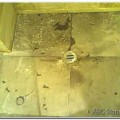
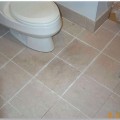
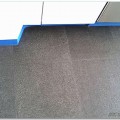


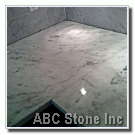
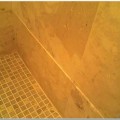

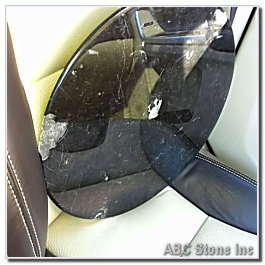
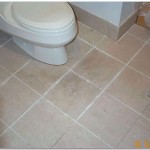
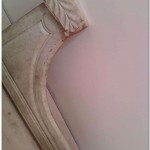
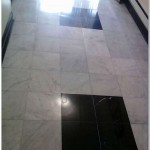
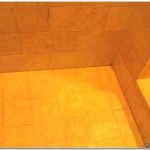
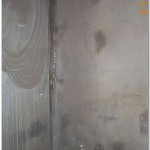
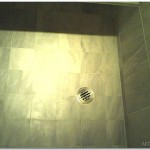
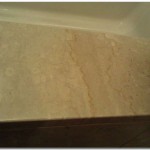
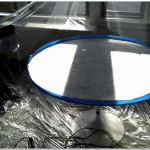
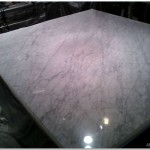
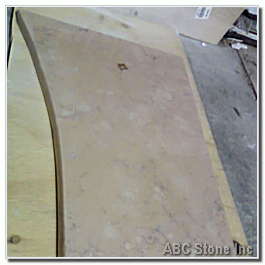
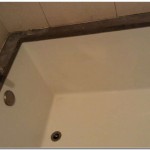
Leave a Reply
You must be logged in to post a comment.